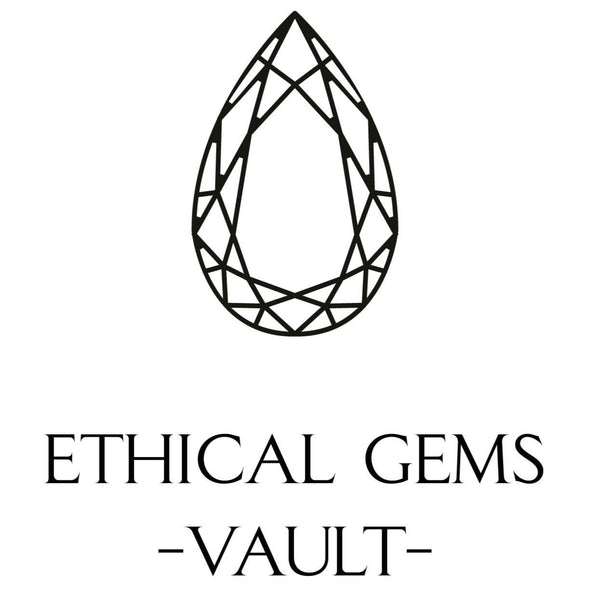
How to Authenticate and Value Loose Sapphires and Rubies Before Purchase
Share
This guide will equip you with the knowledge to confidently authenticate and evaluate loose sapphires and rubies before making your purchase.
Why Authenticating Loose Sapphires and Rubies is Essential
Counterfeit gemstones and treatments that mask imperfections have become increasingly common. To ensure you're investing in a genuine, high-quality gem, it’s crucial to authenticate and understand its value.
How to Authenticate Loose Sapphires and Rubies
1. Look for Certification
The first step in authenticating gemstones is to check for certification from reputable organizations like:
-
GIA (Gemological Institute of America)
-
IGI (International Gemological Institute)
-
GIV ( Gemological Institute of Vietnam)
Why it matters: Certified sapphires and rubies come with detailed reports on their origin, treatments, and quality, giving you peace of mind.
2. Understand Gemstone Treatments
Many sapphires and rubies undergo treatments to enhance their appearance. Common treatments include:
-
Heat Treatment: Enhances color and clarity.
-
Fracture Filling: Fills cracks with resin or glass.
Key Tip: Untreated sapphires and rubies are rarer and more valuable. Always ask the seller about treatments and ensure they are disclosed in the certification.
3. Inspect the Stone Under Magnification
Using a jeweler’s loupe or magnifying glass, look for inclusions or natural imperfections that indicate authenticity. Synthetic stones often lack the unique inclusions found in natural gems.
4. Check the Color and Clarity
-
Sapphires: Look for vibrant blue hues with minimal gray or green tones.
-
Rubies: Aim for rich, even reds. The highly coveted "pigeon blood red" is rare and commands a premium.
Clarity also affects value—stones with fewer visible inclusions are more desirable.
Valuing Loose Sapphires and Rubies
1. The 4 Cs of Gemstones
The 4 Cs—Cut, Color, Clarity, and Carat—are essential for determining a gemstone’s value:
-
Cut: Impacts brilliance and symmetry.
-
Color: The most critical factor in determining value.
-
Clarity: Fewer inclusions equal higher value.
-
Carat: Larger stones are rarer, but smaller stones with exceptional quality can also be valuable.
2. Origin Matters
Certain origins are associated with higher-quality gemstones:
-
Sapphires: Kashmir, Sri Lanka, and Vietnam.
-
Rubies: Burma (Myanmar) and Vietnam.
Vietnamese sapphires and rubies are gaining recognition for their exceptional quality and ethical sourcing, making them a smart choice for buyers.
How Ethical Gems Vault Simplifies the Process
At Ethical Gems Vault, we prioritize transparency and quality, offering:
-
Certified Gemstones: All our sapphires and rubies come with trusted certification.
-
Ethically Sourced Stones: Responsibly mined in Vietnam, our gemstones support sustainable practices.
-
Expert Guidance: Our team is here to help you evaluate and select the perfect gemstone.
Common Mistakes to Avoid When Buying Loose Gemstones
-
Ignoring Certification: Always insist on a certified gemstone to avoid counterfeits.
-
Overlooking Treatments: Ask about treatments and understand their impact on value.
-
Rushing the Purchase: Take your time to compare stones and consult with experts.
Keywords to Enhance Your Search
When searching online, use these keywords to find high-quality gemstones:- Buy certified sapphires online
- Authentic loose rubies for sale
- Gemstone authentication guide
- Ethically sourced gemstones
- Vietnamese sapphires and rubies
- How to value loose gemstones
Why Choose Ethical Gems Vault?
By choosing Ethical Gems Vault, you’re not just buying a gemstone—you’re investing in authenticity, quality, and sustainability. Our loose sapphires and rubies are certified, ethically sourced, and ready to become timeless additions to your collection.
